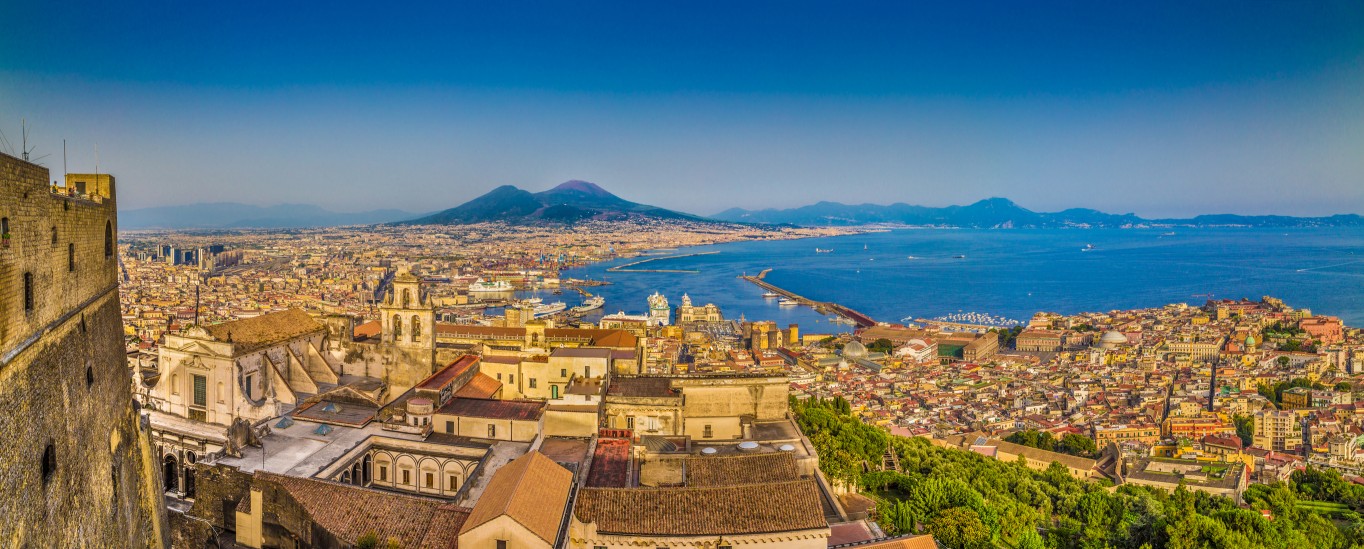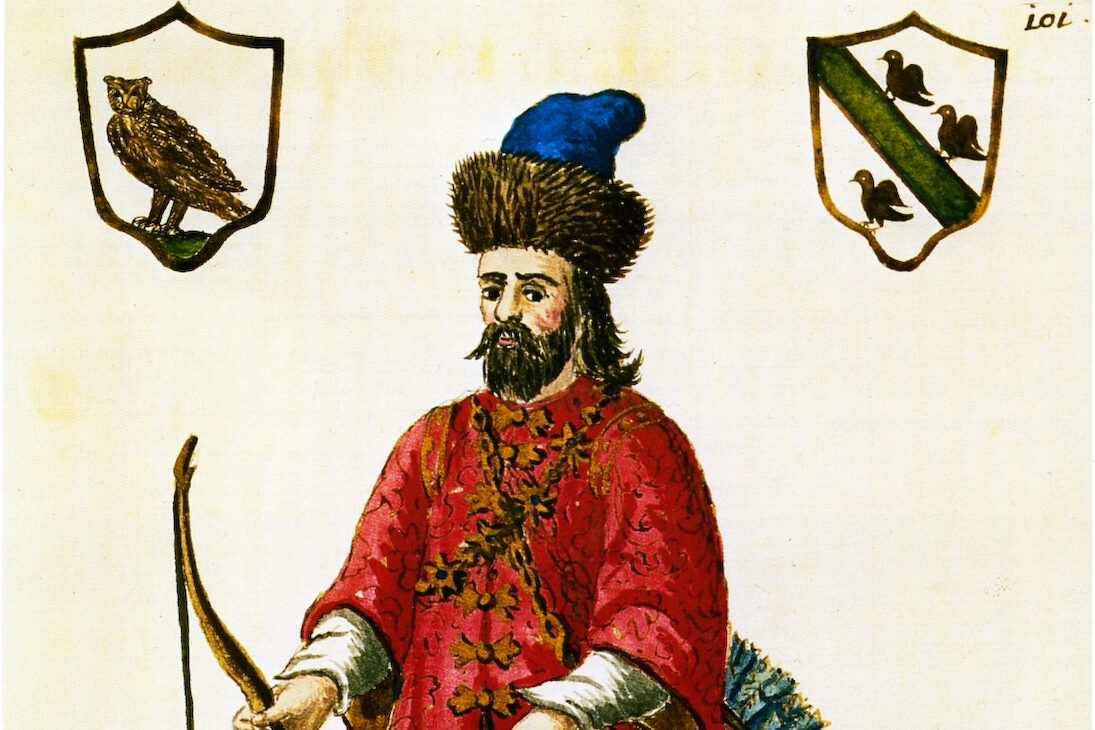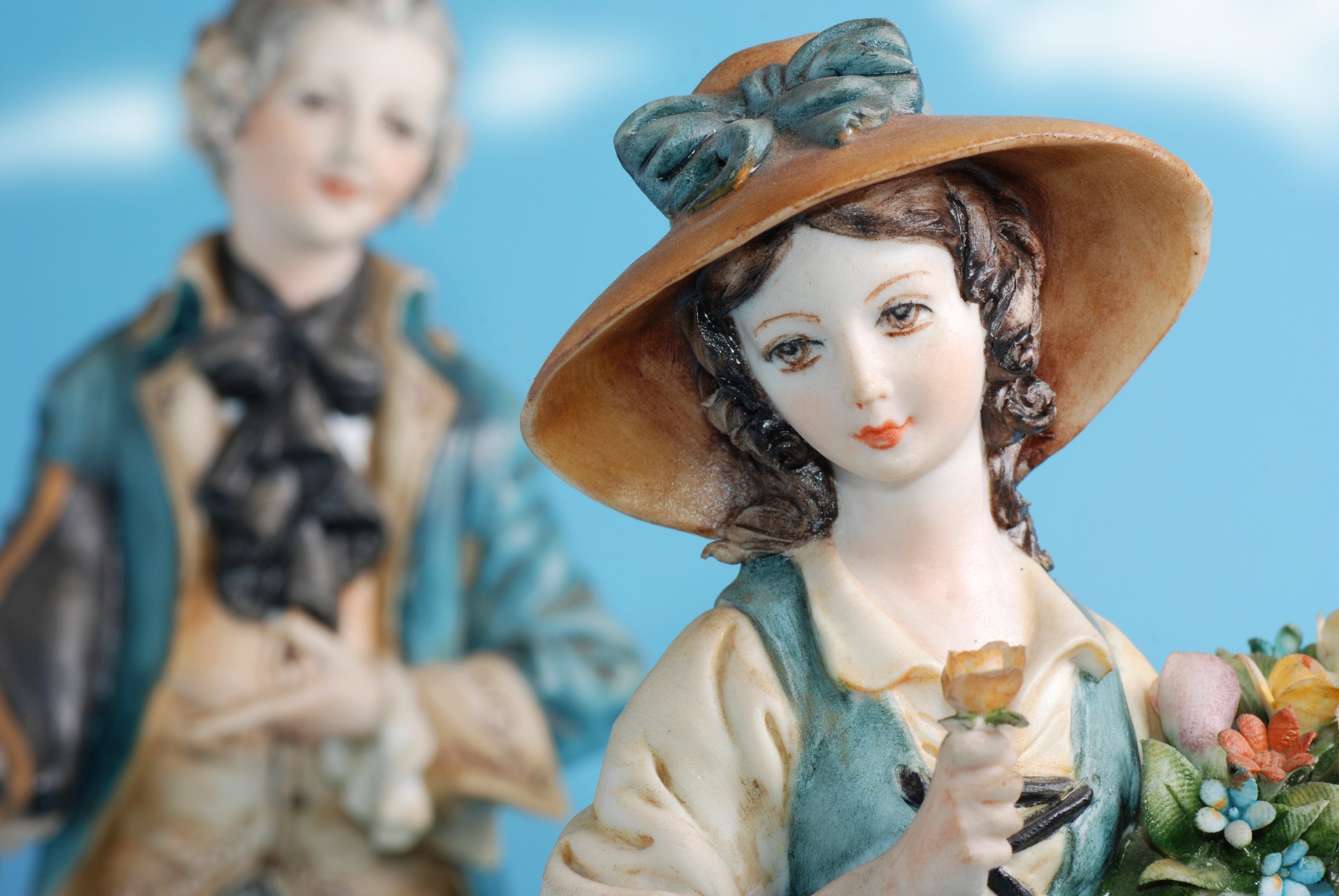From Pulcinella to the miracle of San Gennaro, from the Smorfia – used to interpret dreams – to the lucky red cornetto. But we could also say from pizza Margherita to Mount Vesuvio or, in the kitchen, from coffee to sfogliatella, from hot maccheroni to babà. Some elements are so inherent to a place that you can’t even imagine it without them: it’d be like taking a picture of a person leaving out their body. It’s not a simple matter of material things that are part of the landscape or of daily living. They are integrant and essential, they are the pieces needed to make up the whole jigsaw.
Belonging to a place means you absorbed its spirit, traditions, customs and habits. Making its culture and language yours means that you truly live a place, that you understand it and know how to convey its meaning.
Naples always had a very deep relationship with her roots, with that colorful and varied patrimony the city inherited from its history, a history that, through the centuries, cohabited with many different cultures. If we want to understand Naples and especially Neapolitans or, more simply, if we want to enjoy her from the right perspective, without judging her extravagance following the rules and parameters we are used to, then we need to make a little effort. We must avoid reducing her to a caricature, or to a handful of stereotypes, and capture her complexity, her cultural layering, her sedimented language.
While they have always been open and creative, Neapolitans are famously proud and identitarian, and they have a profound respect for their genetic heritage, for the teaching their past gave them, even for the legends and superstitions that contributed to create the city’s multifaceted soul and distinctive identity. Indeed, it’s not uncommon to find out that some of these traditions are still alive today in modern Naples, a city that, despite her incredibly chaotic and hectic life, always gets the time to find herself and her unmistakable spirit. Something all the more incredible and important in a time when globalization seems to erase all local peculiarities. But not those of Naples.
But how important are traditions? How much do they affect our way of being and thinking? A lot, if it’s true that, often, they even manage to transcend the natural boundaries of the city. Naples offers many examples. a
A legend says that, after the Vesuvius eruption of 1858, the inhabitants of the villages at the feet of the volcano began hearing, at night, the agonizing screams of a woman. Despite several expeditions across the surrounding lands, they couldn’t find anyone nor solve the mystery. Frightened by such an inexplicable event, locals asked advice to a legendary sorceress who lived nearby, “a Vecchia ‘e Mattavona.” She solved the problem by casting several spells that rid villagers of the paranormal phenomenon. American cartoonist Carl Barks was inspired by this mythical Neapolitan figure when, in 1961, when he created the popular Disney character of Magica De Spell.
Another example comes from the small island of Gaiola, today home to a sea park loved by Neapolitans and tourists alike: 42 hectares from Marechiano to Trentaremi, off the coast of Posillipo. There, in an ancient villa, you’ll find terrifying ghosts. According to the legend, the villa is home to the faceless ghost of a woman, who’d appear when the sea is stormy: fishermen say it’s the ghost of a woman who died in a shipwreck back in 1911. Since then, the villa and its residents have been cursed and plagued by accidents, violent death, bankruptcy and misfortune. Curiously, the building was once owned by famous figures of the 20th century like Paul Getty, themselves charmed by its history. Some say, moreover, that in the very same place, back in the first century BC, wealthy Roman Publius Vedius Pollio had a beautiful home he used to call “the place where all sorrows end.” Legends say he used to breed moray eels and that he would feed them with his slaves. Another story recounts how an English nobleman who lived in villa decided to abandon his wife: after a violent fight, she left the island but never reached the mainland. Sometime later, he fell victim to the same fate and so did their cat. It’s for all these reasons that whoever lives in the Villa degli Spiriti is plagued by pain, misfortune and … followed by the shadow of the cat.
Some superstitions, popular beliefs and legends, but also customs, habits and events penetrate communities so deeply to become an essential part of them, so much so they can no longer be set apart. Actually, do away with them, remove them from the narrative, would be just like skipping several chapters of a beautiful novel.
Dalla maschera di Pulcinella al miracolo di San Gennaro, dalla Smorfia per l’interpretazione dei sogni al cornetto portafortuna. Ma potremmo anche dire dalla pizza Margherita al Vesuvio, o spostandoci a tavola, dal caffè alla sfogliatella, dal piatto di maccheroni fumanti al babà. Ci sono elementi così connaturati ad un luogo che immaginarlo senza, è come fare un primo piano che taglia fuori dalla fotografia il resto del corpo. Non si tratta semplicemente di elementi materiali che compongono il paesaggio o corredano il vivere quotidiano. Sono al contrario parte integrante, imprescindibile, sono tessere che compongono lo stesso puzzle.
Appartenere a un luogo significa assorbirne lo spirito, le tradizioni, le usanze, i modi di fare. Assimilare la cultura, come la lingua, vuol dire vivere un luogo, capirlo, saperlo esprimere.
Napoli ha sempre avuto un rapporto molto intenso con le sue radici, con quel patrimonio che ha ereditato dalla storia, così estremamente variopinto e variegato, frutto del passaggio di numerose culture che si sono susseguite nel corso dei secoli. Per capire Napoli e soprattutto i napoletani ma anche solo per ammirarla dalla prospettiva più corretta, ovvero osservarla non solo giudicarla nella sua stravaganza rispetto alle regole o ai parametri ai quali siamo abituati, occorre fare un piccolo sforzo. Bisogna evitare di ridurla a una caricatura o a pochi stereotipi e coglierne la complessità, la stratificazione, il linguaggio sedimentato.
Il popolo napoletano, benché da sempre aperto e creativo, è notoriamente orgoglioso e identitario e pertanto nutre un profondo rispetto per il suo patrimonio genetico, gli insegnamenti del passato, persino per le leggende e le superstizioni che hanno contribuito a costruire l’animo multiforme e l’identità così originale della città. Non è raro, infatti, scoprire che alcune di queste tradizioni sono mantenute in vita ancora oggi nella Napoli moderna che, sebbene sia caratterizzata da una vita estremamente frenetica e caotica, si concede sempre un momento per ritrovare sé stessa, il suo spirito così caratteristico e inconfondibile anche dentro quella globalizzazione contemporanea che sembra cancellare tante specificità locali, ma non quella napoletana.
Ma quanto contano le tradizioni? Quanto influiscono sul nostro modo di essere e pensare? Moltissimo se è vero che spesso riescono a superare i confini naturali della città. Da Napoli vengono molti esempi.
Una leggenda racconta che dopo l’eruzione del Vesuvio del 1858, gli abitanti dei paesi che sorgono alle pendici del vulcano, iniziarono ad udire ogni notte urla strazianti di donna. Intrepide spedizioni non riuscirono a venire a capo. Scossi da questo fenomeno inspiegabile, gli abitanti si rivolsero ad una leggendaria fattucchiera che viveva non molto lontano dai loro casolari: “a Vecchia ‘e Mattavona”. Il suo intervento fu risolutivo: lanciò diversi incantesimi e debellò il fenomeno paranormale. A questa mitica figura napoletana si ispirò il disegnatore americano Carl Barks che nel 1961 diede vita ad Amelia, la strega che ammalia, celebre personaggio delle avventure di Zio Paperone.
Un altro esempio arriva dall’isolotto della Gaiola, dove oggi sorge un parco marino frequentato dai napoletani e dai turisti: 42 ettari, che vanno dal borgo di Marechiaro a Trentaremi al largo di Posillipo. Lì c’è un’antica villa che è abitata da terrificanti fantasmi. Secondo la leggenda, qui si troverebbe lo spettro senza volto di una donna la cui apparizione coincide con il fragore del mare in tempesta: i pescatori dicono si tratti della vittima di un naufragio risalente al 1911. Da quel momento una serie di maledizioni hanno colpito gli abitanti della struttura circondata dal mare, con numerosi incidenti, morti violente, bancarotte e rovesci di fortuna. Ma è molto curioso pensare che sia appartenuta a personaggi noti del Novecento, come Paul Getty, affascinati proprio dalla storia della villa. Si dice che proprio qui, nel I secolo a.C., il ricco cavaliere romano Publio Vedio Pollione volle costruire la sua villa che chiamò “luogo dove cessano gli affanni”. Leggende raccontano che allevasse murene a cui dava in pasto i suoi schiavi. Ma si dice anche che un nobile inglese, che abitava nella villa, decise di lasciare la moglie. Lei, dopo una violenta lite, prese la seggiovia per fuggire ma non arrivò mai a terra. Qualche tempo dopo anche lui rimase vittima dello stesso incidente, come pure il suo gatto. Da allora, chiunque dimori nella Villa degli Spiriti si dice sia preda della cattiva sorte e… dell’ombra del gatto.
Certo superstizioni, credenze popolari, leggende ma anche usi, costumi ed eventi che s’insinuano tra le case e le comunità fino ad esserne parte integrante, al punto da non poterne più essere separate. Anzi, farne a meno, toglierle dal racconto, sarebbe come saltare molti capitoli di un grande romanzo.
































